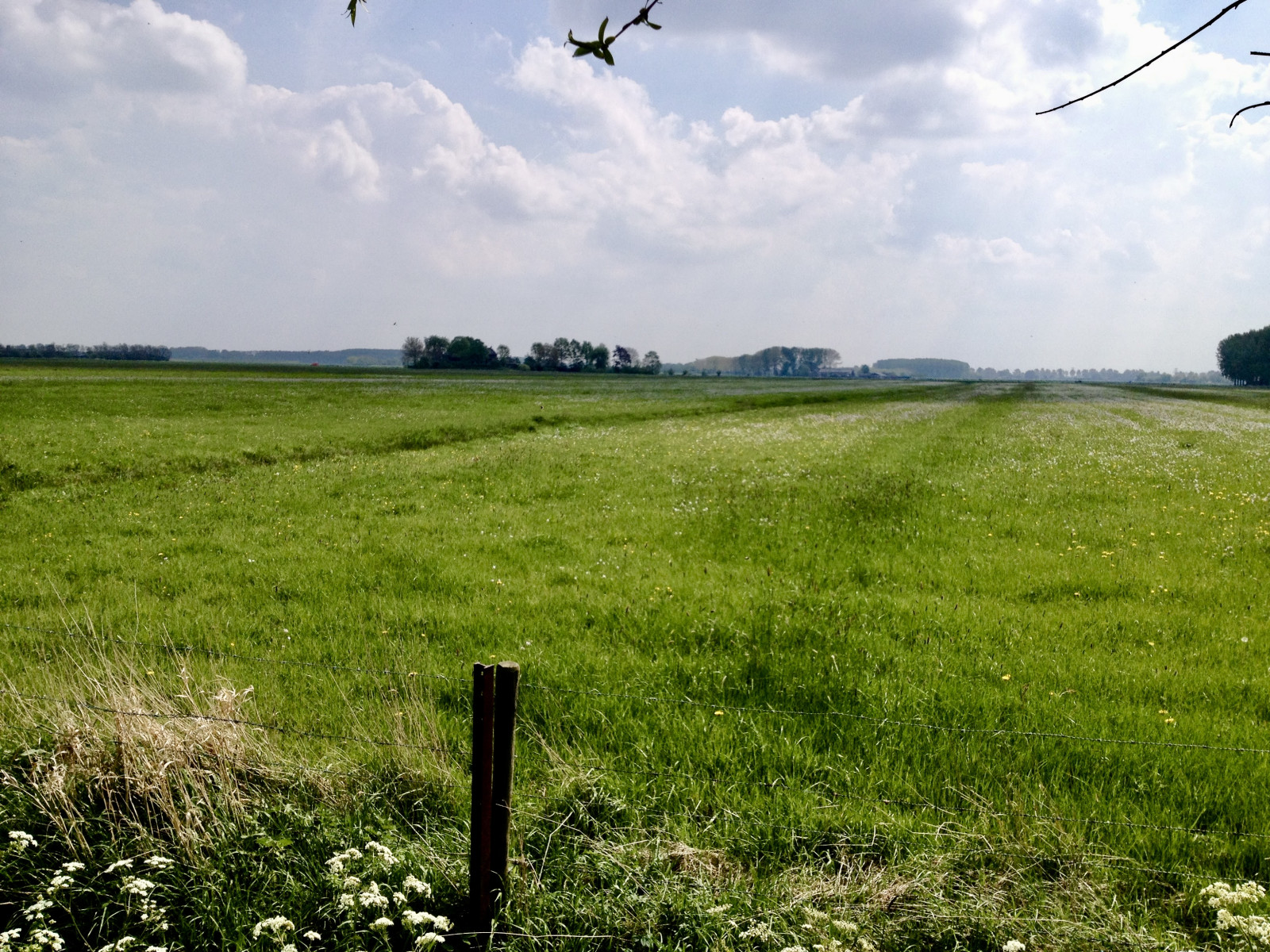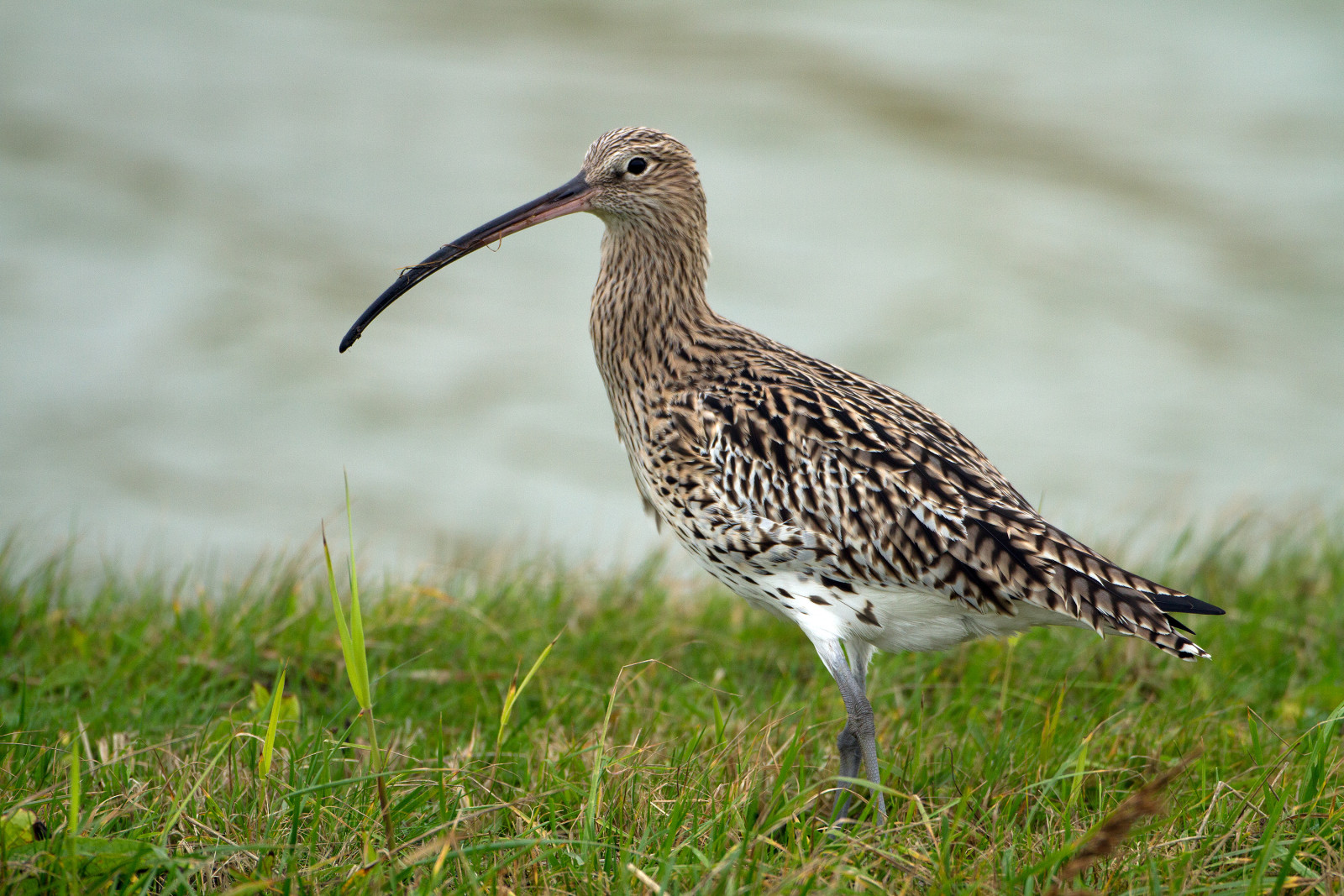Description
The Rijswijkse Veld and the Zoelense Veld consist of grasslands with wide ditches and waterways, with still considerable numbers of meadow birds. In the context of agricultural nature management, mowing takes place later, nest protection is done by volunteers and wet grassland spots have been created. The wide, quiet area is worth visiting in the spring. Dozens of pairs of Çamurçulluğu and also Kızılbacak, Poyrazkuşu, Kızkuşu, Sarý kuyruksallayan and Çayır incirkuşu are breeding here. In some places Tarlakuşu. Also outside the breeding season it is a good place for Tundra kazi, Sakarca and other geese species (sometimes even Sibirya kazi), ducks including many Fiyu and in smaller numbers Çamurcun, Kaşıkgaga and Çıkrıkçın and groups of Kervançulluğu.
The wetter parts and wide banks of waterways attract all kinds of migrating waders such as Döşüşkenkuş, Orman düdükçünü, Yeşilbacak, Sürmeli kervançulluğu and Su çulluğu. There is also a chance of the foraging Kaşıkçı. Birds of prey such as Saz delicesi, Şahin, Gök doðan and Kerkenez hunt here, but also Kara çaylak, Kızıl Çaylak and Gökçe delice have been seen on migration. You can find Kukumav near farms.
_________________________
Nederlands: Agrarisch beheerd weidevogelgebied van een paar honderd hectare, dat herinnert aan tijden dat de lage delen van de Betuwe nog rijk aan weidevogels waren. Het Rijswijkse Veld en het Zoelense Veld bestaan uit graslanden met brede sloten en weteringen, met nog behoorlijke aantallen weidevogels. In het kader van agrarisch natuurbeheer wordt later gemaaid, wordt aan nestbescherming gedaan door vrijwilligers en zijn plasdras-plekken gemaakt. Het weidse rustige gebied is de moeite waard om in het voorjaar te bezoeken. Er broeden tientallen paren Çamurçulluğu en daarnaast Kızılbacak, Poyrazkuşu, Kızkuşu, Sarý kuyruksallayan en Çayır incirkuşu. Op enkele plekken zingt nog de Tarlakuşu. Ook buiten het broedseizoen is het een goede plek voor Tundra kazi, Sakarca en andere ganzensoorten (soms zelfs een Sibirya kazi), eenden waaronder veel Fiyu en in kleiner aantal Çamurcun , Kaşıkgaga en Çıkrıkçın en groepjes Kervançulluğu.
De plasdraslandjes en brede oevers van weteringen trekken allerlei doortrekkende steltlopers aan zoals Döşüşkenkuş, Orman düdükçünü, Yeşilbacak, Sürmeli kervançulluğu en Su çulluğu. Er is ook kans op de foeragerende Kaşıkçı. Roofvogels als Saz delicesi, Şahin, Gök doðan en Kerkenez jagen hier, maar ook Kara çaylak, Kızıl Çaylak en Gökçe delice zijn op trek gezien. In de buurt van boerderijen kun je de Kukumav aantreffen.
Details
Access
From the provincial road N320 you drive directly into the area via the Rijswijksesteeg. There are several access roads from the direction of Tiel and Buren. You can cross the entire area by car or bicycle. There are no parking spaces, apart from the roadsides.
_________________________
Nederlands: Vanaf de provinciale weg N320 rijd je via de Rijswijksesteeg direct het gebied in. Vanuit richting Tiel en Buren zijn er meerdere toegangswegen. Je kunt het gebied geheel doorkruisen met auto of fiets. Er zijn geen parkeerplaatsen, afgezien van de bermen.




